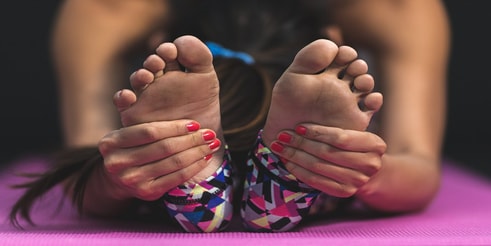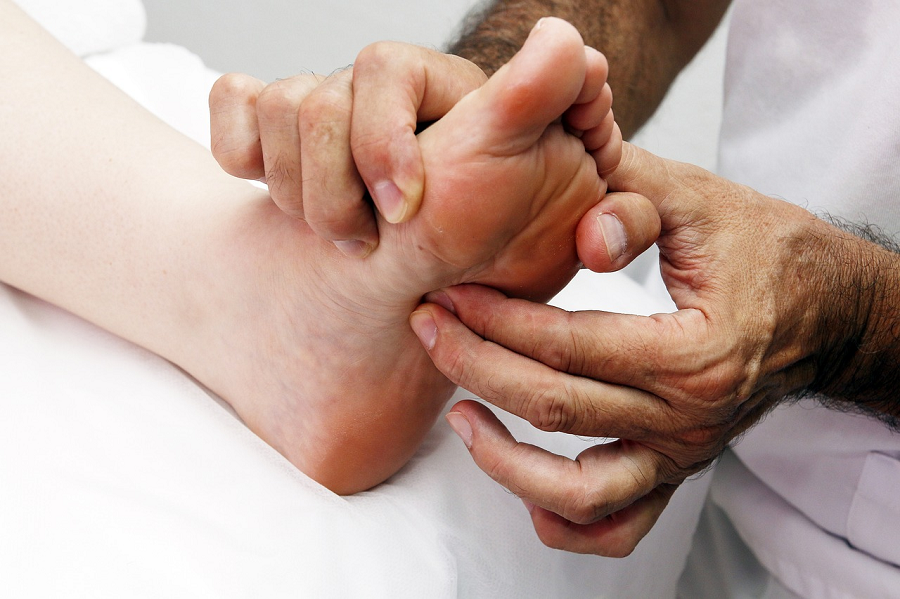Everything You Should Know About Plantar Warts
Who Is Best for Your Feet? Podiatric Surgeon or Orthopedic Surgeon?
October 20, 2018Get Hammertoe Surgery in Houston – Foothouston.com
November 27, 2018If you notice a wart on your foot, you are likely wondering where it came from, how it developed, and whether or not they are unique to your typical wart. As a matter of fact, the feet do have their own category of warts, known as plantar warts.
 Plantar warts appear at the bottoms or soles of the person’s feet. These warts, according to podiatrists in Houston, get aggravated when walking and standing, as the force exerted tends to press them right into the feet, and this in turn causes the person pain. Calluses are created as the body’s attempt to cease the growing and spreading of warts, but these calluses can also be painful. When plantar warts grow in a series or cluster, they are known as mosaic warts.
Plantar warts appear at the bottoms or soles of the person’s feet. These warts, according to podiatrists in Houston, get aggravated when walking and standing, as the force exerted tends to press them right into the feet, and this in turn causes the person pain. Calluses are created as the body’s attempt to cease the growing and spreading of warts, but these calluses can also be painful. When plantar warts grow in a series or cluster, they are known as mosaic warts.
In some cases, plantar warts cause little to no harm and can fade away over time, but in other cases, they might just be too painful and will require effective treatments and/or remedies.
Like all types of warts, plantar warts derive from a virus that penetrated the skin from a microscopic cut or tear. The virus can live inside the body for weeks, or even months without the person ever knowing before one or multiple warts begin to appear. In the case of the feet, the catalyst of a plantar wart can commonly come from either a shower or swimming pool, public or private. They can also originate in areas where bare feet are encouraged, such as martial arts and yoga.
According to podiatrists in Houston, many people develop an immunity to plantar warts, thus, these warts are more common from children rather than adults. People who suffer from HIV and AIDS and those who suffer from brittle a compromised immune system are also people who can more commonly develop plantar warts.
Plantar warts are noticeable from their small, bumpy appearance that are yellowish in color or as the same color of your own skin. At times, they can even have small black dots on the surface of each of them.
Contact your doctor or podiatrist if the warts are painful, give off the sensation of heat, or feel tender. This is an indicator that an infection has taken effect. You also instead might have a similar problem, such as a callus, corn, skin lesion, or mole, just for the specialist to verify the proper diagnosis.
There are various remedy options available for plantar warts, available as over the counter products and homemade remedies. Despite all the options you have available to you, there is no guarantee that the option you decide on will work, however. Your threshold of pain determines how you will end up treating the plantar wart problem.
Some treatments focus on extraction of the warts, while others focus on healing of the skin and fighting the bacteria that is causing these warts. Whatever you try to do, though, never use a blade to cut these warts off yourself. You may risk injury and a possible spread of infection.
To ensure that you do not grow plantar warts in the future, it is important to follow these steps every chance that you get:
- Wash your hands, especially following the touching of another wart or mole that you might have on your body.
- Keep existing warts as dry as possible.
- Try to resist touching your own warts or other people’s warts.
- Wear swimming shoes when using a public swimming pool and/or public shower.
- If you get a pedicure, make sure that the specialist doesn’t use the same supplies that he or she uses on another customer.


